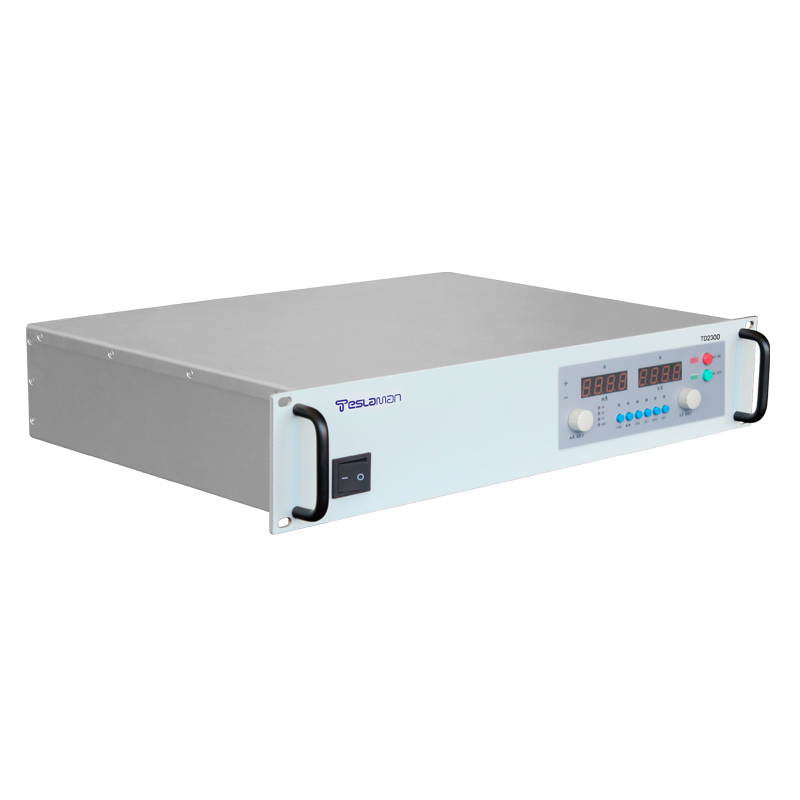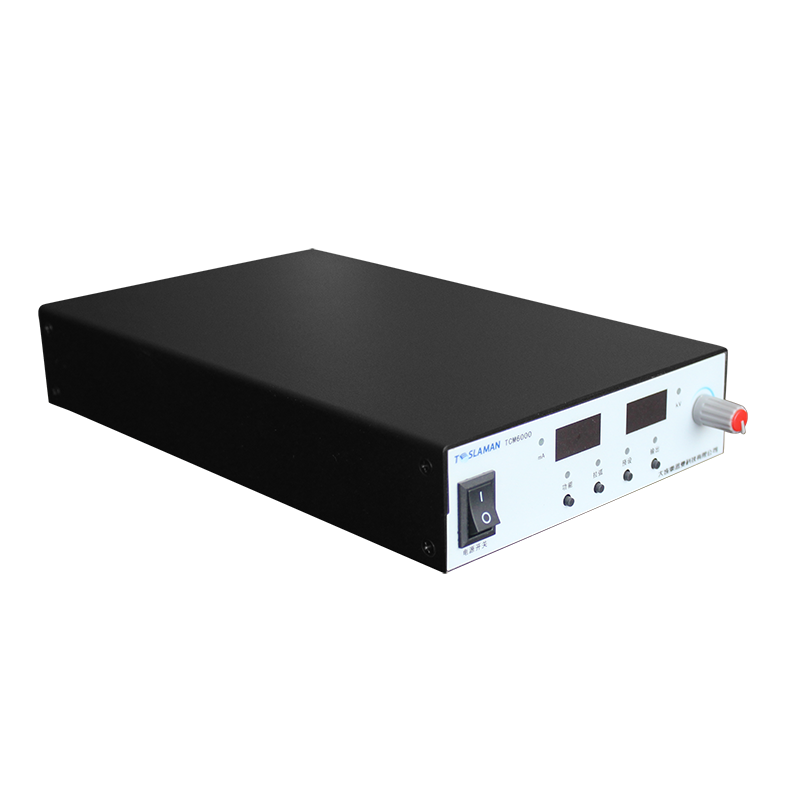Research on Reliability Enhancement of Electron Beam Welding High-Voltage Power Supplies
Electron beam welding (EBW) technology plays an irreplaceable role in aerospace, nuclear energy, and precision manufacturing. Its core lies in the stability and reliability of the high-voltage power supply, which provides acceleration voltage (typically 60–150 kV) for the electron gun. The output characteristics directly determine the stability of the electron beam current, focusing accuracy, and weld quality. This article explores key technologies to enhance power supply reliability from the perspectives of topology design, control strategies, thermal management, and fault protection.
1. Innovative Design of Power Topology
Traditional line-frequency power supplies are gradually being replaced by high-frequency inverter topologies due to their large size, low efficiency, and high ripple. Examples include:
Half/Full-Bridge Inverter Technology: IGBT devices convert DC to high-frequency AC, boosted through transformers and voltage-multiplier circuits. Half-bridge structures suit medium-low power (<10 kW), while full-bridge designs support high power (e.g., 30 kW) with efficiency exceeding 90%, significantly reducing energy loss.
Multi-stage Rectification and Parallel Structures: For voltages above 150 kV, multiple boost transformers and voltage-multiplier circuits are connected in series-parallel configurations. This disperses single-point failure risks and enhances load capacity. Tests show voltage stability of ±0.5% and beam current fluctuation below 1%.
Coupled Inductor Technology: PWM-Cuk or Zeta converters with coupled inductors suppress output ripple (to micro-ripple levels), minimizing interference with electron beam focusing.
2. Optimization of Intelligent Control Systems
Dynamic response accuracy is critical for reliability, requiring digital control and advanced algorithms:
Adaptive PID & Intelligent Algorithms: Genetic algorithms optimize PID parameters to address hysteresis in nonlinear loads. Fuzzy control reduces filament heating startup time by 30% and improves current precision to 0.1%.
Digital Closed-Loop Control: PLCs and high-speed A/D-D/A converters enable real-time feedback. For instance, sampled voltage and beam current signals adjust IGBT pulses within nanoseconds, counteracting grid fluctuations and load transients.
Soft-Start and Multi-loop Control: Soft-start prevents inrush current, while voltage-current dual-loop control ensures stability, avoiding electron gun damage from over/under-voltage.
3. Thermal Management and Fault Protection
Approximately 40% of power supply failures stem from overheating or insulation breakdown, necessitating robust physical design:
Efficient Cooling Systems: Hybrid air-liquid cooling for IGBTs and transformers. Microchannel cold plates limit temperature rise to 45°C in 30 kW systems, preventing output drift.
Multi-level Electrical Protection: Integrated overvoltage, overcurrent, and short-circuit protection. Hall sensors monitor current, triggering shutdown in microseconds to prevent insulation failure.
EMC Design: Magnetic shielding and RC snubbers suppress electromagnetic interference (EMI) from inverters, ensuring stability in industrial environments.
4. Reliability Verification and Performance Testing
Simulation and experiments validate the design:
Output Characteristics Testing: High-voltage probes and oscilloscopes measure ripple (<0.1%) and load regulation (<±0.2%), confirming voltage stability under all operating conditions.
Weld Quality Validation: Metallographic analysis shows a 60% reduction in porosity and a 20:1 depth-to-width ratio after optimization, with heat-affected zones narrowed below 50 μm.
Conclusion
Enhancing EBW high-voltage power supply reliability requires a systematic approach integrating topology innovation, intelligent control, thermal management, and fault protection. High-frequency inverters and digital control ensure dynamic precision, while cooling and protection designs guarantee long-term stability. Future research should explore wide-bandgap semiconductors (e.g., SiC) combined with AI-driven predictive maintenance to further advance longevity and reliability.




















